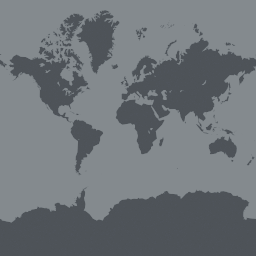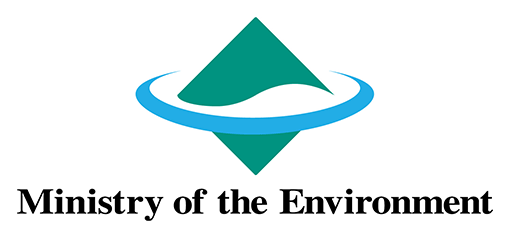After receiving funding from BIFA last year, the project team published several datasets about the Korean peninsula to GBIF. The first phase this project also integrated the BRAHMS software to allow queries of foreign herbaria historical records and to generate specimen georeferenced data and photo images.
However, the great majority of vascular plant species occurrences in South Korea currently available in GBIF has not been georeferenced. In addition, a large fraction of North Korean botanical collections are held by herbaria in Japan. The priority of the second phase of the project is to improve data quality and fill data gaps in North Korea and to focus on enhancing the completeness of published data and improving the overall data quality.
The proposed plan of the second phase of this project will be to:
- publish additional data for 34,000 historical specimens collected by T. Nakai, J. Ohwi, V. L. Komarov and other foreign collectors before 1945,
- publish additional data about 20,000 herbaceous specimens at the T. B. Lee Herbarium at Seoul National University Arboretum (SNUA), and
- mobilize the specimens housed mainly at the Herbarium of the University of Tokyo (TI) and Kyoto University Herbarium (KYO).
Project Progress
At mid-term reporting the project had digitized data from KYO and Komarov's collections, together with 80% of the specimens at SNUA, and 50% of the expected data from Japanese collectors. It had also collected 3,000 photos from TI collections and 4,000 photos of KYO collections ready for uploading.
At the end of the project, the team exceeded its data mobilization efforts and targets, publishing over 34,000 occurrences collected by T. Nakai, J. Ohwi, V. L. Komarov and other Japanese collectors in the dataset “Flora of the Korean Peninsula Phase II” and over 20,000 occurrences at SNUA in the dataset “TB Lee Herbarium Vascular Plant Collection Phase II”.
The project also delivered and published ‘A checklist of North Korean vascular plants’, while the intended publication of data papers about Major Japanese collections during the Japanese annexation of Korea from North Korea and V.L. Komarov collections in 1897 from Korea is expected post-project.
In addition to the above, the project lead participated in several events during the project implementation period, including the IUCN Red List Workshop in Beijing, China, the 20th anniversary of Korea National Arboretum (EABCN), the 2019 symposium of East Asia Biodiversity Conservation Network, and World Forum on Global Strategy for Plant Conservation. A project team member also attended the BIFA Capacity Enhancement Workshop held in July 2019 and successfully obtained their certificate.



